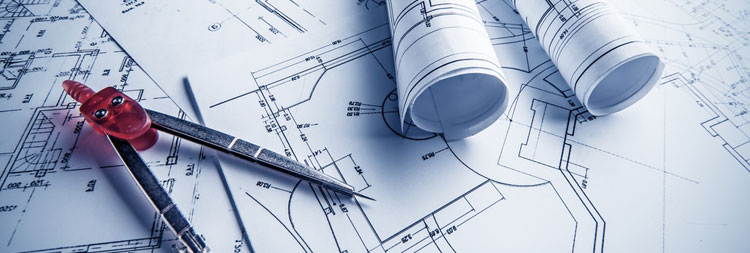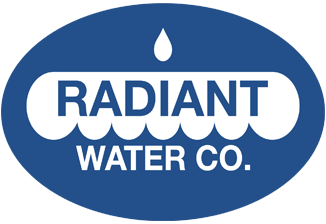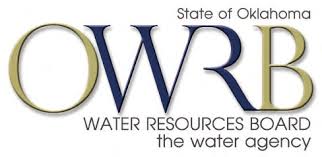
WELL SYSTEMS TIPS
Pressure Tank
You should verify the pressure in your tank annually. If you hear the pressure switch clicking every few seconds, the tank may be waterlogged or out of air. Follow the manufacturer’s instructions on correctly setting the air pressure or call 918-855-6215 for help.
Pressure Switch
Your switch should be inspected for proper operating range (typically 40-60) also check the air in the pressure tank. The pressure can be raised by turning the adjusting nut, but if the points are worn the switch should be replaced.
Control Box and Wiring
You should periodically check your controls. Verify all wiring is properly supported and correctly connected to control box and pressure switch. If your pump doesn’t start and you have proper voltage at your switch, check your control box. Radiant can troubleshoot and diagnose any pump control box. We stock relays, capacitors, and boxes.
Well Disinfection
You may need to chlorinate your water well if you have odor in your water or if your water has tested positive for coliform bacteria. The following Shock Procedure for disinfecting drilled wells at 100 mg/L should be performed.
Use chart below to calculate volume of water in your well plus the volume of your water heater (turn breaker off or gas valve to pilot). Use enough chlorine for a 100 mg/L (PPM) solution. Pour chlorine into well then begin recirculating into well with a water hose. Try to thoroughly cover everything inside well with chlorine solution. Mix chlorine completely (about 30 minutes) to prevent damage to drop pipe and wire.
After mixing is complete, open each cold faucet in the house until a strong chlorine odor is present, then close faucet. When all cold faucets have a chlorine odor, let hot faucets run until water starts to cool, then close them and flush one by one like the cold faucets. Let solution sit in the system for 2 hours but preferably eight hours if possible. See Flushing below.
Water Heater Disinfection:
Turn off breaker to electric water heater. For gas water heaters, turn gas valve to pilot. Connect water hose to tank drain and flush while heater is still under pressure. This should push any accumulated sediment out the drain. Shut off water supply to water heater. Open a hot faucet to relieve pressure then completely drain tank. Turn on supply then flush tank until clear at hose end, this may need to be repeated. Close supply valve and drain valve.
Cold flex line must be disconnected. Use standard strength chlorine and pour in 1 cup for every 5 gallons of tank capacity. Reconnect cold line, then slowly refill tank as hot faucets are slightly open to release air. When all air is released and tank is full, check for chlorine odor at all hot faucets, then let solution stay in tank and lines at least two hours but preferably eight hours.
Flushing:
After at least two hours, open faucets and let water run until no chlorine odor is present. Turn on gas or electric to water heater. After one week of normal use, water can be tested for bacteria again. These procedures may need to be performed more than once to achieve a negative bacteria result.
| Diameter of Well (in inches) | 4 | 5 | 6 | 8 |
| Volume of 100″ of well (in gallons) | 65 | 100 | 150 | 260 |
| Amount of disinfectant required for each 100 feet of water (in gallons) |
||||
| A. Laundry Bleach (5.25% chlorine, in cups) | 2 | 3 | 4.5 | 8 |
| B. 12.5% chlorine, cups | 1 | 1.5 | 2 | 3.5 |
| C. Hypochlorite granules (65% chlorine, in ounces) | 1.5 | 2 | 3 | 5 |
1 cup = 8 oz (2 cups = 1 pt, 4 cups = 1 qt, 16 cups = 1 gallon) 1 oz = 1 heaping tablespoon (16 oz – 1 lb)





